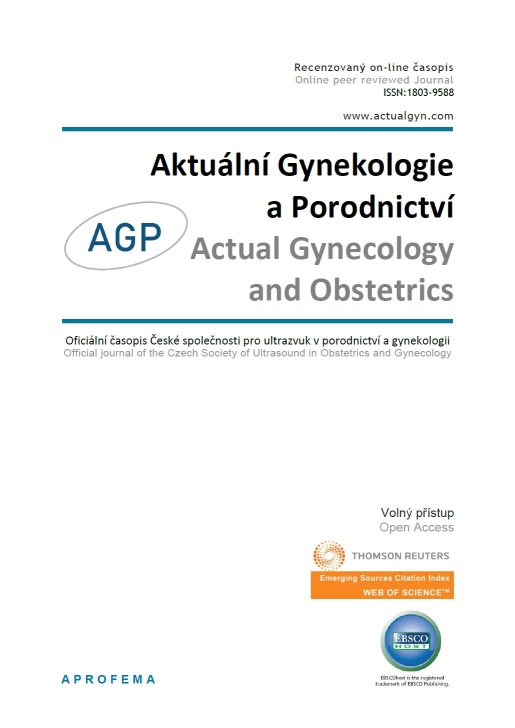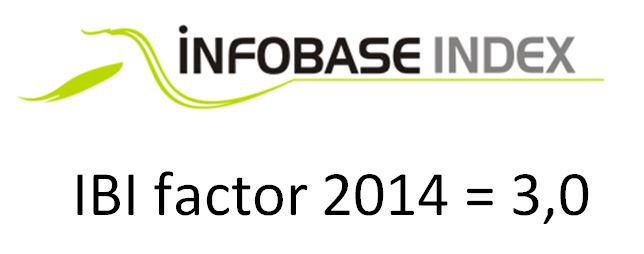











 Official publication of the Czech Society of Ultrasound in Obstetrics and Gynecology.
Official publication of the Czech Society of Ultrasound in Obstetrics and Gynecology.

Aim: Assessing the accuracy of the Chinese lunar calendar for baby gender prediction.
Material and Methods: The research involved singleton pregnancies who gave birth between 1.1.2017 and 1.1.2023. Cases of ambiguous genitalia at birth, multiple pregnancies, unrecorded last menstrual period dates, and IVF patients were excluded from the investigation.
Results: The kappa statistic was used for the statistical analysis, yielding a kappa value of 0.002 and a p-value of 0.797. No agreement was observed between the actual gender and the predicted gender based on the Chinese lunar calendar.
Conclusion: The Chinese lunar calendar, which estimates an infant's gender using the mother's age and conception month, is not a reliable method for determining sex.
Families often explore various methods to predict the gender of their unborn children. Although the American Reproductive Society asserts that selecting a baby’s sex for non-social reasons is “Ethically acceptable” (1), the topic remains contentious today. Historically, tools such as the lunar and Chinese calendars (2) were more commonly used to determine a baby’s gender and guard, against sex chromosome- related diseases. The ancient Chinese Gender Chart was invented to predict and choose the sex of the baby. Legends say that this chart was invented at the beginning of the Qing dynasty (1644~1912) with the help of the I Ching, which contains Yin and Yang, the Five Elements and the Eight Trigrams (3). The chart was found in the tomb of an emperor in the last century, because for ancient Chinese emperors, the choice of the sex of sons was extremely important (3).
Currently, the most precise gender prediction can be obtained through the IVF method, which is both expensive and invasive. The global birth rate of male babies is higher than that of female babies (4). Even though sperm fluid contains equal numbers of X and Y chromosome-bearing spermatozoa, various hypotheses attempt to explain the higher birth rates of male babies.
One such hypothesis suggests that Y chromosome- carrying spermatozoa are lighter and swim faster in viscous fluid, reaching the oocyte sooner (5). However, it is recognized that female embryos are more resilient than male embryos (4). Studies supporting the influence of temperature on human gender determination report a higher incidence of male births in hot climates (6,7). Research also indicates the potential roles of maternal diet (8) and maternal age (9) in influencing baby gender. The Chinese calendar, an affordable and easily accessible method, predicts a baby’s gender based on the conception month and mother’s age. The accuracy of this calendar remains a topic of debate.
The study employed a retrospective design and focused on patients who delivered at Koru Ankara Hospital between January 1, 2017, and January 1, 2023. It included singleton pregnancies with regular pre-pregnancy menstruation cycles and documented last menstrual periods. Patients with irregular menstruation, multiple pregnancies, babies born with ambiguous genitalia, and those who underwent IVF were excluded from the investigation. Patient data was obtained from archived files. Pregnant women without available ultrasound findings or recorded last menstrual periods were not included in the study. Estimated the date of conception was assumed as the date of the first day of the last menstruation and plus 14 days. From the records, the first day of the last menstrual period mentioned by the mother at the first visit, maternal age, date of birth and sex of the baby were noted. The actual gender of the baby was then compared with the gender predicted by the Chinese calendar. To predict the sex of the baby using the Chinese calendar, it will be sufficient to include the mother’s date of birth and the first day of the last menstruation in the calculation tools offered by various websites (2).
Prior to conducting statistical analyses, 14 days were added to the mothers’ the first day of the last menstruation dates to estimate the month of conception. The kappa statistic was employed to assess the accuracy of the predicted sex and the concordance with the newborn’s actual sex (10). Cohen’s kappa coefficient is a statistical measure that evaluates the reliability of agreement between two evaluators. In a similar manner, this coefficient can be utilized to determine the degree of alignment between “observed gender values” and “gender predictions” derived from the Chinese calendar.
Cohen’s kappa statistic (κ) is defined to measure the agreement between two different evaluators (classifiers) in classifying units in a sample into one of the m levels of a related categorical random variable and is calculated using the formula:

When calculating the kappa coefficient, two different probabilities are calculated. These are po and pe. po is the total proportion of the observed agreement for the two assessors, while pe is the probability of this agreement occurring due to chance. po and pe are calculated by the following formulae.

In this context, fii represents the number of units that both evaluators classify into the i th value of the random variable, while fi+ and f+i refer to the number of classifications made by the first and second evaluators, respectively, into the i th value of the random variable. The kappa statistic typically takes values in the range of 0 < κˆ < 1 . Values closer to zero indicate low agreement, whereas values closer to 1 signify high agreement (11).
In this study, the kappa statistic was utilized to assess the level of concordance between the observed values of the newborns’ sex as a random variable and the corresponding values derived from the Chinese calendar. The subsequent contingency table presents the distribution of classification frequencies concerning the sex random variable in births (Tab. 1).

In this study, out of a total of 21,675 births between January 1, 2017, and January 1, 2023, only 17,580 were included. From this sample, 428 twin pregnancies were excluded. Additionally, 3,243 pregnant women were not incorporated in the study due to uncertainty in their last menstrual period or missing records, 3 cases involved ambiguous genitalia, and 421 pregnancies were achieved through the IVF method.
A kappa value of 0.002 and a p-value of 0.797 were determined in the study. The resulting kappa coefficient of 0.002 signifies that there is no statistically significant agreement between the “observed gender values” and the “gender predictions” derived from the Chinese calendar (Tab. 2).

The search for non-invasive methods of gender estimation has been ongoing for some time, motivated by both social and non-social factors. One such method that has been employed is the Chinese calendar. However, the effectiveness of this method has been called into question by various studies.
For instance, Villamor et al. (12) conducted a study involving 2,840,755 patients between the years 1973- 2006, and concluded that the Chinese calendar is no better than flipping a coin in predicting gender. Similarly, in a 2009 study by Katz et al. (13) of singleton births between January 1, 1995 and July 30, 2008, which included 38,394 patients, the predictivity of the Chinese calendar was found to be only 50.2%, indicating that it is an inadequate method for determining gender. Notably, our study did not include individuals who achieved pregnancy through IVF methods.
Despite these findings, the Chinese calendar remains a popular tool, easily accessible through various websites and search engines. Our study, conducted on a different population from previous studies, sheds further scientific light on the accuracy of the Chinese calendar, which remains controversial. However, our results supported the few studies that have found the Chinese calendar to be an ineffective method for determining baby gender.
It is important to note that our study had some limitations. Specifically, we calculated the expected date of conception by adding 14 days to the first day of the last menstruation, which may introduce bias due to variations in menstrual cycle length and frequency of sexual activity.
Conflict of Interest: There is no conflict of interest between the authors. All authors read and approved the final version of the manuscript
Funding: No Funding.
Compliance with Ethical Standards: Written approval from the Gazi University Ethics Committee, number E - 77082166-604.01.02-569857, was obtained for the study. All authors have approved the manuscript submission, and the manuscript has not been published. It is not being considered for publication elsewhere, in whole or in part, in any language. This study was completed in accordance with the Declaration of Helsinki.